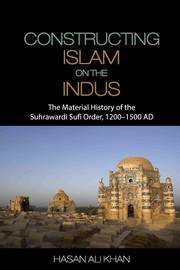
- Cited by 1
-
Cited byCrossref Citations
This Book has been cited by the following publications. This list is generated based on data provided by Crossref.
ROBINSON, FRANCIS 2014. Introduction: The Shi‘a in South Asia. Journal of the Royal Asiatic Society, Vol. 24, Issue. 3, p. 353.
- Publisher:
- Cambridge University Press
- Online publication date:
- September 2016
- Print publication year:
- 2015
- Online ISBN:
- 9781107477636




